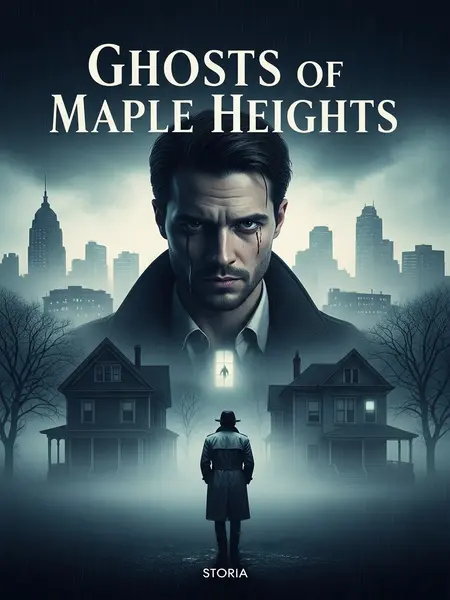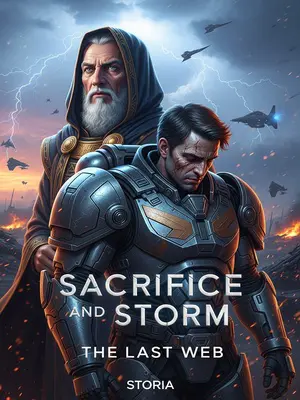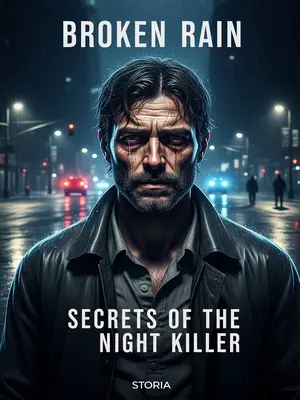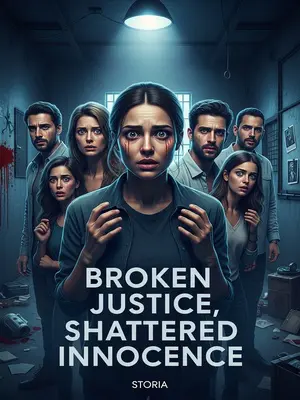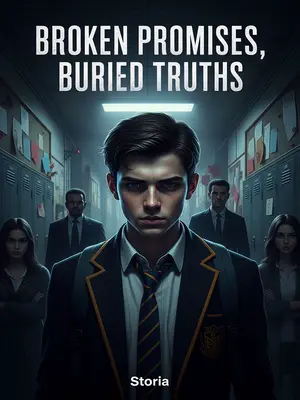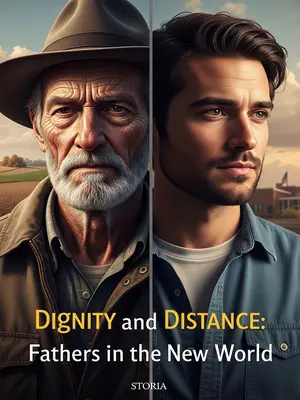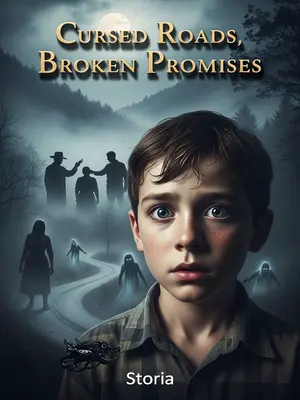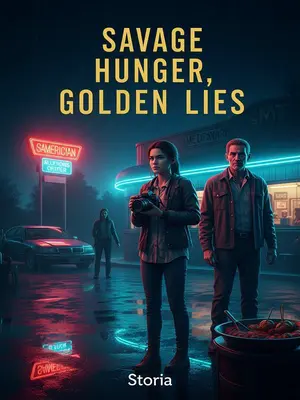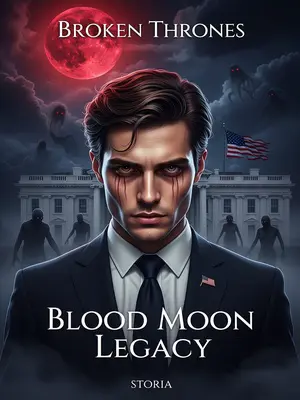Chapter 1: Shadows of the Past
I helped the police crack the infamous "serial disembowelment murders," but every single witness and informant tied to the case ended up dead—each one meeting a violent, inexplicable end. I still wake up in the middle of the night, chest tight, wondering if I missed something that could have saved them. Sometimes it feels like their ghosts are perched on my shoulders, whispering blame. I can’t shake the guilt—or the fear that I’ll be next.
The memory of those days still creeps up on me in the quiet hours. Sometimes, when I’m alone in my apartment, the shadows seem to stretch across the hardwood floor, pooling in the corners. The hum of the fridge grows louder, and every creak of a floorboard makes me jump. It’s as if the whole city remembers the blood that was spilled and the secrets that refuse to die.
After the case was closed, I got an email that made my skin crawl: "You're next!"
Those words lit up my screen, cold and stark, and I just sat there, heart pounding, staring at them. The cursor blinked back at me like a warning light. For a second, the sounds of the city outside—sirens, car horns, the distant rumble of the subway—faded away. All I could hear was my own breathing, shallow and ragged, as the threat burned itself into my brain.
I remember it all too well—it was July 22, 2019.
That day was suffocating, the kind of sticky summer heat that makes the air shimmer above the cracked sidewalks. The sun was sinking low, streetlights flickering to life like they knew something bad was coming. I remember peeling my sweat-soaked shirt off my back as I drove home, every mile thick with the sense that disaster was just around the corner.
That night, a local hotshot—a real estate mogul, always flashing his BMW around town—got into a road rage fight with a guy on a bike. By the time it was over, the hotshot was dead—hacked to pieces by the biker wielding a kitchen knife. The whole thing got caught on someone’s phone and blew up on Twitter overnight.
The video was raw and brutal—shaky cell phone footage that made my stomach turn. Headlights glared, tires screeched, people shouted, and then there was that sickening, wet sound as the knife hit home. It was the kind of thing that made you question everything about people. It went viral so fast you’d think it was a movie trailer.
Within an hour, it was trending at the top of Twitter, everyone sharing it and arguing about what really happened.
People online lost their minds—some were furious, others just horrified, and a few couldn’t look away. Hashtags blew up, and everyone turned into an instant detective, breaking down every blurry frame. Suddenly, Maple Heights was all anyone was talking about—on social media, in the local paper, everywhere.
Back then, I was a reporter for the Maple Heights Gazette. As soon as I caught wind of the story, I grabbed my gear and tore over to the Maple Heights Police Department.
I remember tearing through the city, adrenaline buzzing, police scanner hissing on the seat next to me. The station was this squat old brick building, parking lot lit up with flashing blue and red. Even at midnight, the place was alive—phones ringing, cops hustling in and out, everyone running on caffeine and nerves.
Outside, half the local press corps was already camped out, cameras and microphones everywhere. A woman clutched her little boy and sobbed as a reporter tried to get a statement.
A couple of local TV crews had set up makeshift tripods, faces washed out in harsh LED glare. The woman’s cries cut through the night, her kid hiding his face in her shoulder. It was raw, unfiltered grief, and for a second I almost stopped to listen, catching fragments—anger, heartbreak, confusion—before I moved on.
I barely glanced at the scene before pushing through the main doors, heading straight inside.
Inside, the air was thick with the smell of burnt Dunkin’ Donuts coffee and the low hum of voices. I flashed my press badge at the desk sergeant, who didn’t even look up, then made my way past the bullpen. Detectives hunched over battered desks, phones pressed to their ears, the hum of a vending machine in the background.
My main beat was deep-dive crime reporting, so I spent a lot of time with the city detectives and the PR team. That’s how I’d earned the right to come and go—late nights, greasy pizza, and the kind of stories you only share after midnight. Maple Heights wasn’t a big city, and if you were in the business, you knew everyone.
Even though it was past midnight, the station was still buzzing—like nobody could afford to sleep.
The fluorescent lights flickered and buzzed overhead. Whiteboards were covered in scribbled notes, mugshots, and arrows. The air practically crackled with tension, everyone running on fumes and adrenaline.
The lead on this self-defense case was Detective Marcus Reed, a seasoned cop in his early thirties.
Marcus was the kind of detective who looked like he’d been born with a badge. Tall, always sporting a five o’clock shadow, eyes sharp as broken glass—he was famous for chasing cases until he cracked them or they cracked him. People said he once slept under his desk for a week straight during a kidnapping case.
I’d met Marcus a year back during the serial disembowelment case. He’d climbed the ranks, spent nearly a decade in homicide, and had a sixth sense for detail that made you wonder if he was psychic.
I remembered the way he’d stand at a crime scene—arms folded, lips tight, always thinking two moves ahead. He carried a kind of gravity that made people pay attention when he spoke.
When I got there, Marcus had just stepped out for a smoke, leaning against the back fence in the parking lot.
He stood near the chain-link fence, smoke curling from his cigarette, his shoulders tense. The sodium lights threw his shadow long and thin, and for a second, he looked like he’d aged ten years in a night.
